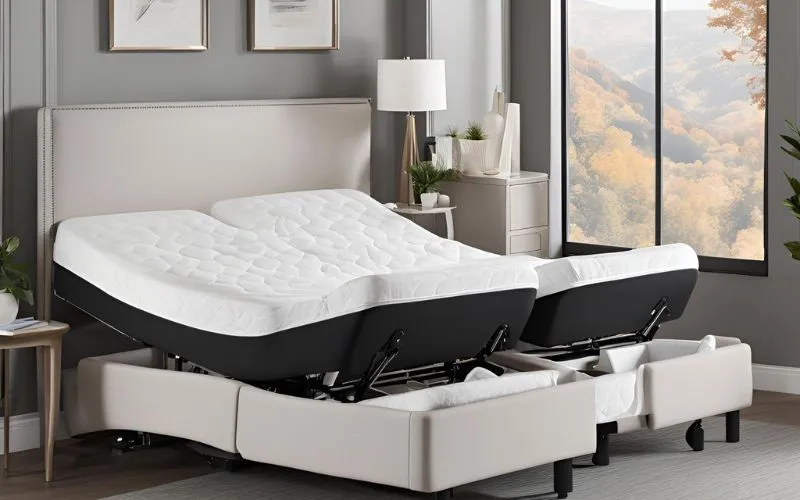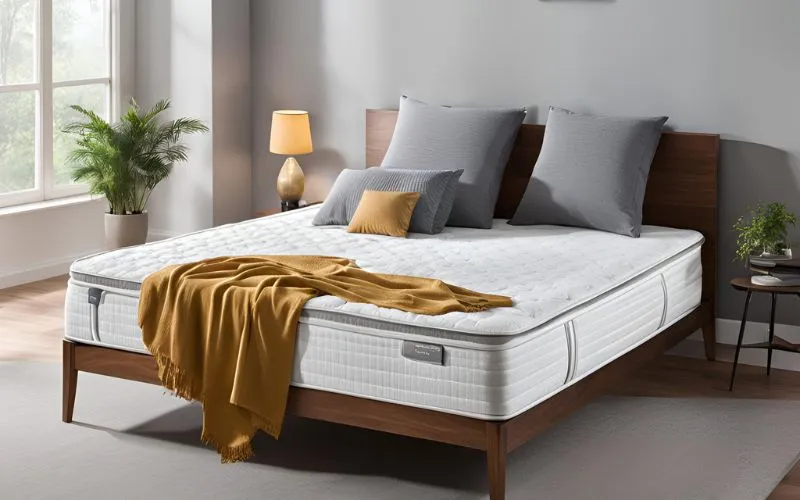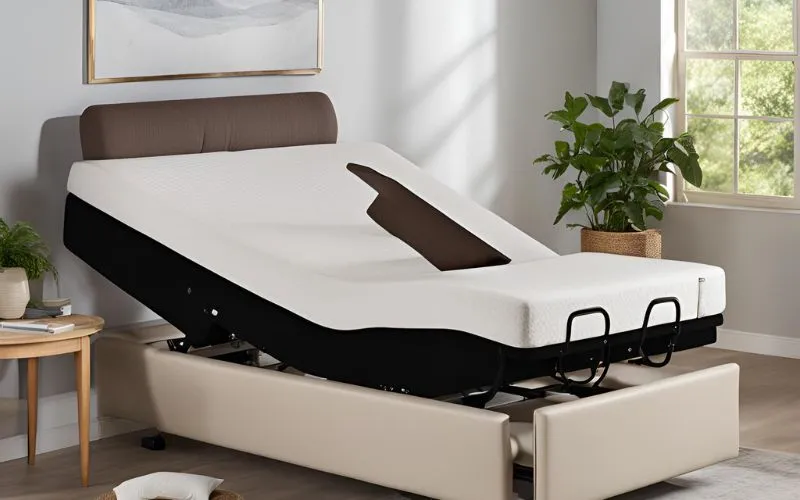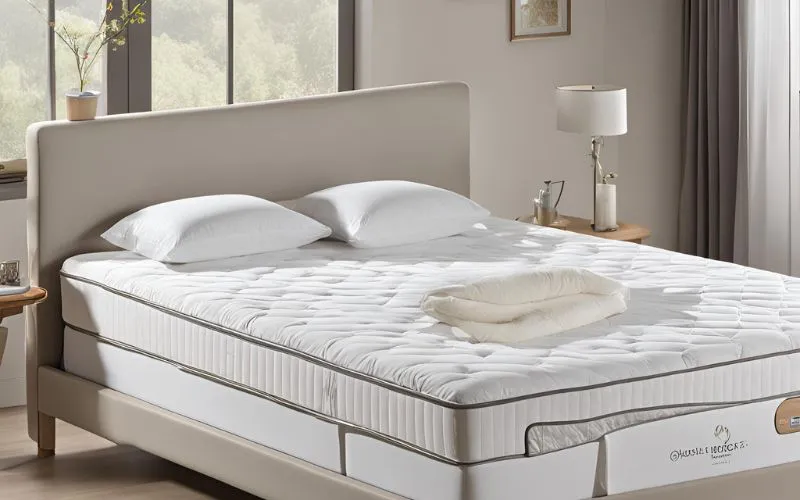Transforming Sleep: Adjustable Beds for Special Needs Children
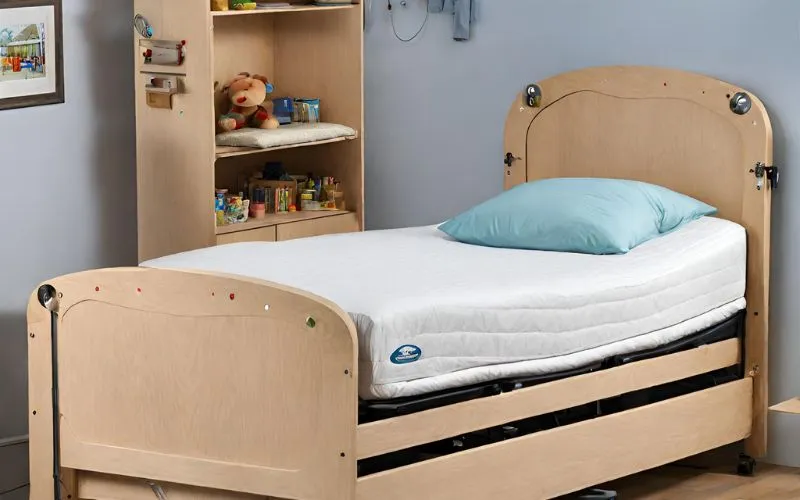
Introduction
Sleep is a fundamental aspect of a child’s overall health and well-being, but for special needs children, achieving restful sleep can present unique challenges. From physical disabilities to medical conditions, the comfort and safety of their sleep environment are crucial. In this article, we’ll explore the use of adjustable beds as a tailored solution to address the specific sleep needs of special needs children and provide practical insights for parents and caregivers.
Understanding Special Needs Children’s Sleep
Understanding the sleep patterns and challenges of special needs children is essential for providing effective care. Special needs children may experience difficulties in falling asleep, staying asleep, or experiencing restful slumber due to various medical conditions, behavioral challenges, or sensory issues. In addition, some children may require specific positioning to alleviate discomfort related to their condition. Addressing these sleep-related challenges requires a comprehensive understanding of each child’s unique requirements and adapting their sleep environment accordingly.
- Irregular sleep-wake cycles: Many special needs children have irregular sleep patterns, which can affect their overall well-being and cognitive function.
- Sleep disturbance factors: Factors such as pain, discomfort, anxiety, and environmental disturbances can significantly disrupt the sleep of special needs children.
- Sensory issues and sleep: Sensory processing issues can lead to heightened sensitivity to light, sound, touch, or temperature, impacting the ability of special needs children to achieve restful sleep.
- Physiological conditions: Medical conditions such as epilepsy, reflux, respiratory issues, and musculoskeletal problems can contribute to sleep disturbances in special needs children.
When caring for special needs children with sleep challenges, it’s essential to implement strategies that address their unique needs. Some effective strategies include:
- Creating a consistent routine: Establishing a predictable bedtime routine can help regulate the sleep-wake cycle of special needs children.
- Optimizing sleep environment: Making adjustments to the sleep environment, such as using sound machines, blackout curtains, and comfortable bedding, can promote better sleep quality for special needs children.
- Applying sensory integration techniques: Incorporating sensory activities and interventions can help regulate sensory processing issues and promote relaxation for better sleep.
- Utilizing assistive devices: Adjustable beds and positioning aids can provide the necessary support and comfort to optimize the sleep experience for special needs children.
Benefits of Adjustable Beds for Special Needs Children
Adjustable beds offer a wide range of benefits for special needs children, addressing their unique sleep requirements effectively. These beds provide customizable positioning options, allowing parents and caregivers to elevate the head, foot, or overall height of the bed to accommodate specific medical conditions, respiratory challenges, or reflux. Moreover, adjustable beds contribute to enhanced comfort and safety, providing a supportive sleep surface that can be tailored to each child’s needs. The flexibility of adjustable beds also facilitates easier transfers and positioning, adding to the convenience of caregiving.
Selecting the Right Adjustable Bed for Special Needs Children
Choosing the right adjustable bed for a special needs child involves careful consideration of their individual requirements and safety. Safety features such as secure guardrails, low-height adjustability, and mattress firmness play a crucial role in ensuring the child’s well-being. Additionally, evaluating the bed’s load capacity, ease of operation, and compatibility with medical accessories is essential. Engaging with healthcare professionals and product experts can provide valuable guidance in selecting a well-suited adjustable bed that caters to the specific needs of the child.
Design Features to Consider in Adjustable Beds for Special Needs Children
- Safety Rails: When choosing an adjustable bed for a special needs child, built-in safety rails are crucial for preventing falls and providing a secure sleeping environment. Look for beds with sturdy and well-designed safety rails that offer both protection and freedom of movement.
- Durable Construction: The durability of the bed frame and mechanisms is essential to withstand the unique requirements of special needs children. Seek beds made from high-quality materials, strong welds, and reliable components that can endure long-term use and adjustments.
- Smooth Adjustment Mechanisms: Opt for beds with smooth and quiet adjustment mechanisms to ensure gentle positioning changes without causing disruptions to the child’s sleep. Quiet motors, effortless remote controls, and precision in elevation adjustments are key factors to consider.
- Pressure-Relieving Mattresses: Investing in a pressure-relieving mattress is vital for preventing bedsores and providing comfort for special needs children. Look for mattresses with advanced pressure redistribution technology and optimal support to alleviate pressure points.
- Supportive Bedding Accessories: In addition to the mattress, supportive bedding accessories such as pillows, wedges, and positioning aids play a crucial role in promoting a comfortable and therapeutic sleep environment for special needs children.
- Bed Mobility and Storage Options: Consider the mobility of the bed for easy repositioning and the availability of storage options for convenience. These features enhance the practicality and functionality of the adjustable bed within the child’s living space.
- Adaptability to Future Needs: Selecting a bed that can adapt to the changing needs of the child as they grow is essential. Look for adjustable beds with flexible configurations and expansion options to accommodate future requirements, ensuring a long-lasting investment.
Tips for Creating a Comfortable Sleep Environment for Special Needs Children
Creating a comfortable and soothing sleep environment for special needs children is essential for promoting restful and rejuvenating sleep. Factors such as temperature control, sensory stimulation, and lighting play crucial roles in enhancing the sleep quality of these children. Moreover, incorporating familiar and calming elements, optimizing bedding comfort, and minimizing disturbances contribute to a tranquil sleep space. Caregivers can also benefit from establishing consistent sleep routines and utilizing calming techniques to facilitate a peaceful bedtime experience for special needs children.
- Temperature Control: Maintain a consistent and comfortable temperature in the sleep environment. Consider using a fan or air conditioning to regulate the room temperature.
- Sensory Stimulation: Avoid excessive sensory input close to bedtime. Create a soothing environment by dimming lights and reducing noise levels.
- Calming Elements: Incorporate familiar and calming elements such as favorite toys, blankets, or soft music to promote a sense of security and relaxation.
- Bedding Comfort: Optimize bedding comfort by using soft, breathable, and hypoallergenic materials. Consider using specialized pillows or mattress toppers for additional support and comfort.
- Disturbance Minimization: Minimize disturbances in the sleep environment by reducing external noises and providing a comforting bedtime routine.
Consistency is key to promoting restful sleep for special needs children. Establishing consistent sleep routines can provide a sense of predictability and security, leading to improved sleep quality. Consider incorporating calming techniques and activities into the bedtime routine to create a peaceful and soothing atmosphere.
Caregivers play a crucial role in creating and maintaining a comfortable sleep environment for special needs children. It’s essential for caregivers to be well-informed about the individual needs and preferences of the child. Additionally, caregivers can seek support from specialists or support groups to gain insights and resources for optimizing the sleep environment.
Conclusion
Adjustable beds serve as valuable assets in addressing the sleep challenges of special needs children, offering tailored solutions to enhance their comfort, safety, and overall well-being. By understanding the specific needs and preferences of each child and utilizing the features of adjustable beds effectively, parents and caregivers can create a supportive sleep environment that promotes restful sleep and contributes to the holistic care of special needs children. Through thoughtful selection and implementation, adjustable beds play a compelling role in improving sleep quality and fostering a comfortable, personalized sleep experience for these remarkable individuals.
